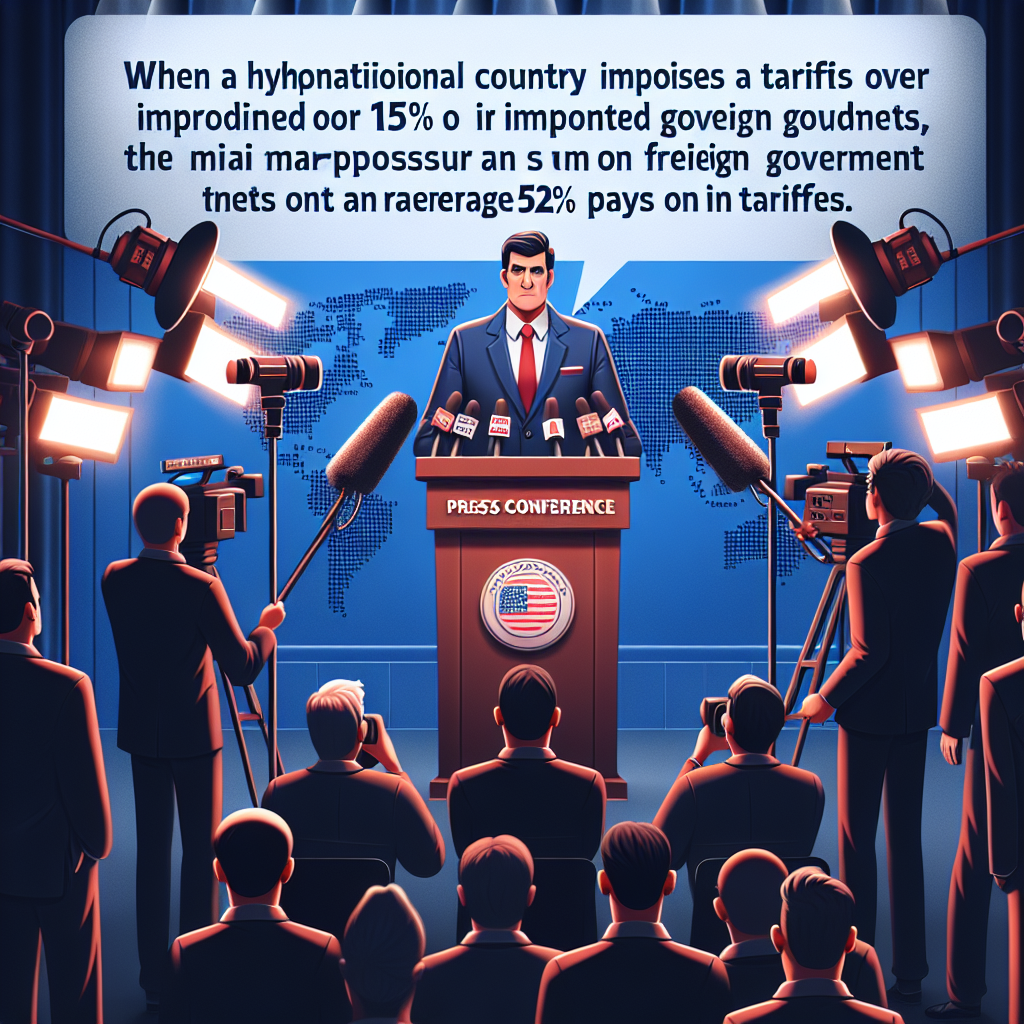The United States Secretary of Commerce, Howard Lutnick, stated that when the US imposes tariffs exceeding 15% on imported goods, the main pressure is borne by foreign governments, with China taking the largest share.
“Chinese goods on average pay 52% in tariffs. But the Chinese government itself swallows most of it. So even though the average tariff is high when factoring in China, in reality, the Chinese government bears the majority of the costs,” Lutnick said in an interview with CNBC’s “Squawk on the Street” program on Thursday, September 11.
Lutnick explained that when tariffs are between 10% to 15%, distributors and manufacturers share the costs roughly in a 6 to 4 ratio. When tariffs reach 15%, it can lead to a price increase of around 2%.
“If it exceeds 15%, no one can bear it… unless the government intervenes. So what you see in the automobile industry is exactly that scenario, when tariffs reached 25%, before agreements were reached with Europe and Japan, the governments of South Korea, Japan, and Europe bore the burden themselves because they didn’t want to harm employment,” Lutnick said.
He emphasized, “Remember, these are major issues, our President is playing a big chess game for America, while some countries’ governments are focused on their own interests in a narrow scope.” He added that this is also why consumers have not seen price increases due to tariffs.
“Our average tariff rate is not high. Most countries in the world are below 15%,” he said.
Lutnick mentioned that the US is about to reach a “major agreement” with Taiwan and is likely to reach an agreement with Switzerland as well.
He also suggested that an agreement could be reached if India agrees to stop purchasing Russian oil.
Earlier this month, President Trump criticized India on Truth Social. However, Modi and Trump both announced through social media a week later that they were optimistic about restarting economic relations and holding a meeting.
Lutnick stated that Japan and the European Union have been good trading partners, and the US has also reached agreements with South Korea, but the paperwork has yet to be completed.
He said, “We are waiting to see if they really follow through with the documents. Shaking hands with the President is one thing, but signing the papers to make it happen is another.”
Lutnick noted that Trump’s tariff strategy has changed the way other countries negotiate with the US, citing the agreements with Japan and the EU as examples. While Europe has agreed to zero tariffs on American auto imports, Japan, due to cultural preferences, does not usually drive American cars. As a workaround, Japan has agreed to invest $550 billion in US projects designated by the Trump administration, essentially “offsetting tariffs with investments” without adding to the burden of Japanese taxpayers.
Lutnick said, “Tariffs bring in $400 billion in revenue for the US each month, reducing our deficit. Future tariffs will increase to $700 billion annually and as the economy grows, the President believes it will eventually reach $1 trillion.”
He predicted that the US will experience a wave of construction in the first quarter of next year, with new factory construction reaching approximately $100 billion, leading to a GDP growth even before the factories are operational.
“You will see unprecedented large-scale factory construction in the United States,” he said.
Although a federal appeals court ruled Trump’s tariff measures to be illegal, Lutnick expressed the government’s “extreme confidence” that the ruling would be overturned on appeal. He pointed out that four judges dissented, believing that foreign policy – the “ability to manage foreign relations” – should be in the hands of the President.

